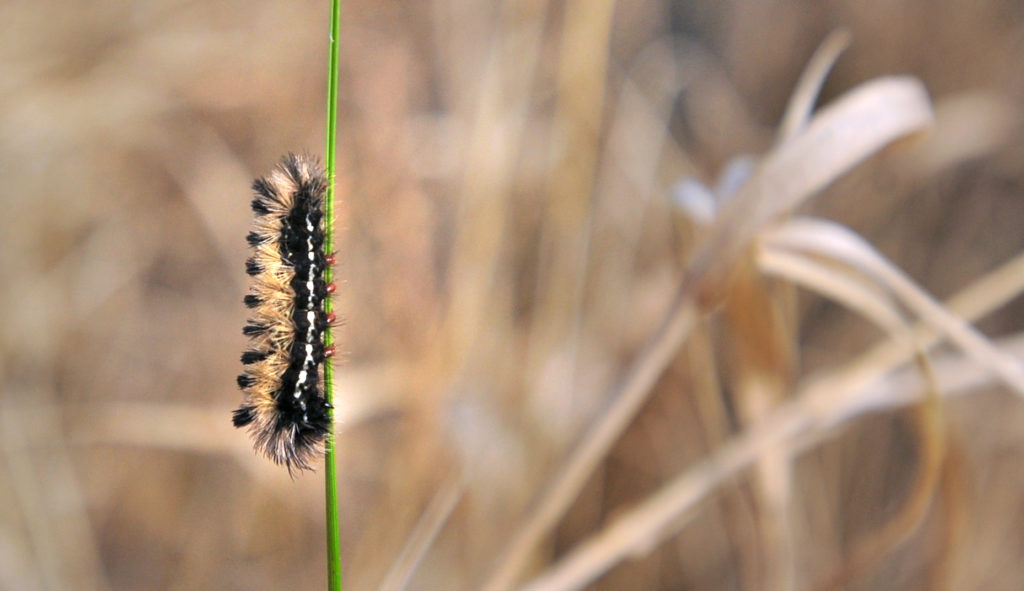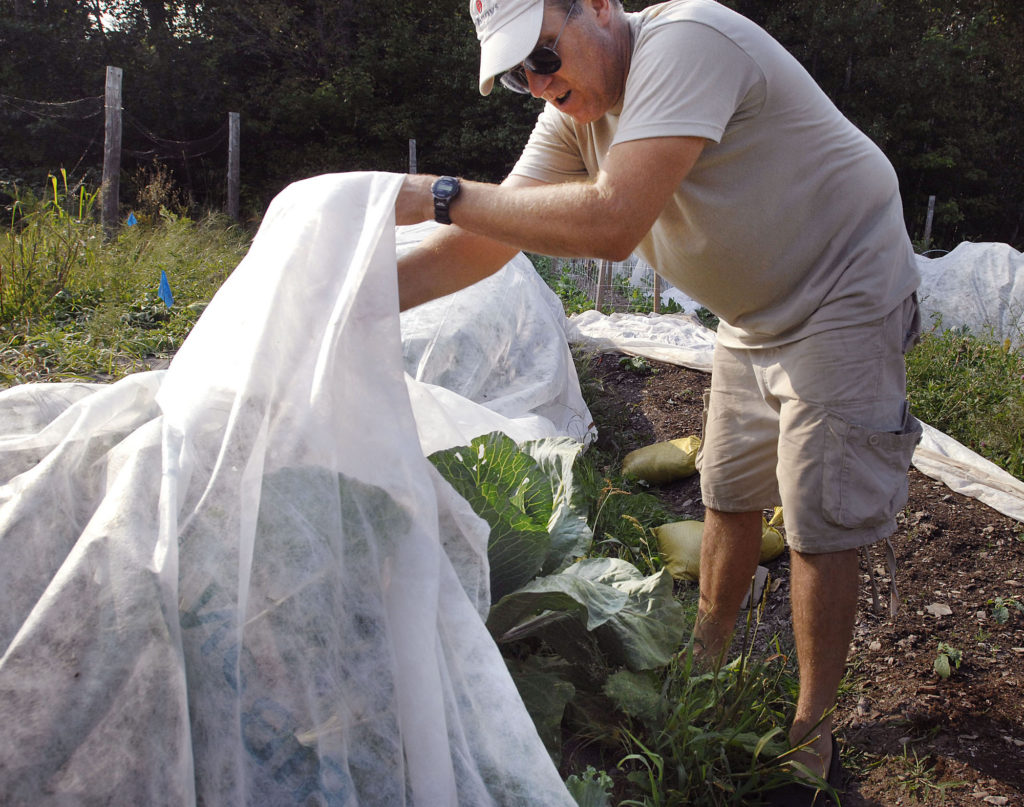What is integrated pest management?

No matter where you are, pests are the bane of every grower’s existence. Asparagus beetles, squash vine borers and cabbage worms are among the many critters that can wreak havoc on a harvest. If you aim to use less pesticides and still want a pest-free harvest, consider an approach like integrated pest management, or IPM.
“Integrated pest management practices vary depending on the system you’re working in,” said Anthony Shelton, international professor of entomology at Cornell University. “What it tries to do is integrate management practices that include [protecting] the landscape, encouraging the use of plants that are resistant to particular pests and only treating [with pesticides] when absolutely necessary.”
In the 1950s, farmers and researchers alike became increasingly aware that the boom of pesticides in conventional agriculture were not only damaging local ecosystems, but disrupting the community of natural enemies that help control pest populations. The term “integrated pest management,” which took a more holistic, less chemically-intensive approach to controlling pests in agriculture, was formalized in 1959 by Vernon Stern, an entomologist at the University of California Riverside.
“From this early concept, [integrated pest management] has been developed into some guidelines,” Shelton said. “It’s part of the [United States Department of Agriculture] recommendations, and many other countries have also adopted the concept of integrated pest management.”
Integrated pest management tactics
Integrated pest management does not eschew pesticides, but encourages farmers to create a management plan that best suits the health of their land.
“What you’re trying to do is make sure the system is healthy and only apply management tactics that will not disrupt the total system,” Shelton explained.
Integrated pest management plans combine chemical management and tactics like row covers, crop rotation, biological control methods like attracting the targeted pests’ natural predators and companion planting.
“Companion plants offer so many opportunities to increase biological control, help pollinators and increase biodiversity of farms,” said Joe Funderburk, professor of entomology at the University of Florida. “There are also cultural tactics [in integrated pest management that] involve changing planting dates, adding mulches and so many different kind of things where you’re changing culturally the way you’re producing the crop.”
Funderburk said he has worked on various integrated pest management techniques, including creating pest-resistant varieties of crops, for decades. He said that integrated pest management was one of the first formal sustainable agriculture practices.
“All of us in this business are really involved with sustainability,” Funderburk said. “To me, IPM is the bedrock to all of it. It’s the best way to approach pests. It doesn’t matter what type of farming you’re doing.”
Criticism of integrated pest management
Integrated pest management has gained critics over the years for its refusal to denounce pesticides entirely. Shelton admitted that some critics go so far as to say that “IPM” really stands for “integrated pesticide management.”
Shelton noted that the debate around pesticides is often more nuanced than the “natural” versus “synthetic” debate.
“Organic agriculture allows the use of pesticides that are ‘natural,’ but just because something is natural doesn’t necessarily make it safer,” Shelton explained. “Some of the organic materials like sulfur and copper have a much higher effect on the environment than some of the more selective insecticides. That usually raises some controversy.”
Professionals in integrated pest management see it as a more realistic approach to making sure we have enough food for future generations.
“I don’t see us being able to get away from pesticides,” Funderburk said. “There’s a need for pesticides, but pesticides need to be optimized. We need to be very careful what we do when we use pesticides.”

How to start integrated pest management
Developing the best integrated pest management plan for your land, Shelton explained, will take some time, practice and careful consideration.
“First of all, it depends on the crops that you’re growing,” Shelton said. “If you’re growing an assortment of vegetables, you need to know what pests may attack and plant those in ways to decrease the likelihood that the pest will get to the crop.”
Consult your local cooperative extension for more information on insects and other pests in your area.
“Look to information from university extension associations or on the web and pay careful observations of how things are developing with any potential pests that will be in your area,” Shelton advised. “Try and use the gentlest, most environmentally-friendly way to try and control that.”
The greatest challenge of integrated pest management is the learning curve and time it takes to figure out what works best for your specific system.
“These are knowledge-based systems,” Funderburk said. “In order to develop integrated pest management, it takes knowledge and research,” Funderburk said. “Integrated pest management is not something you do and you walk away from. You always have to be incorporating new information. It’s a continual investment.”
If you are able to optimize your integrated pest management, though, Shelton said it will pay off in the reduced cost of inputs, yields and the overall health of your land.
“Integrated pest management is knowledge-intensive, but it pays great dividends,” Shelton said.
